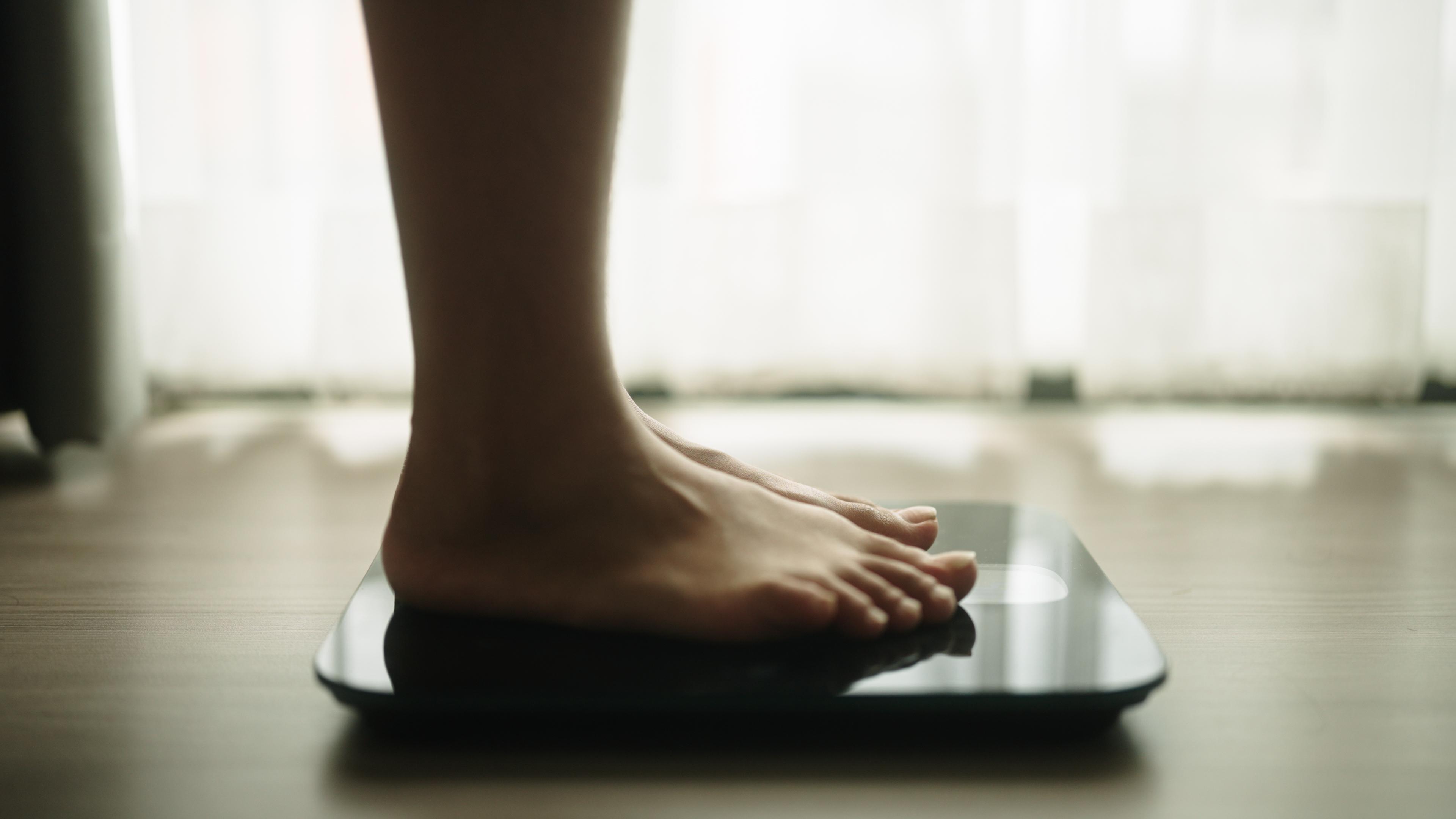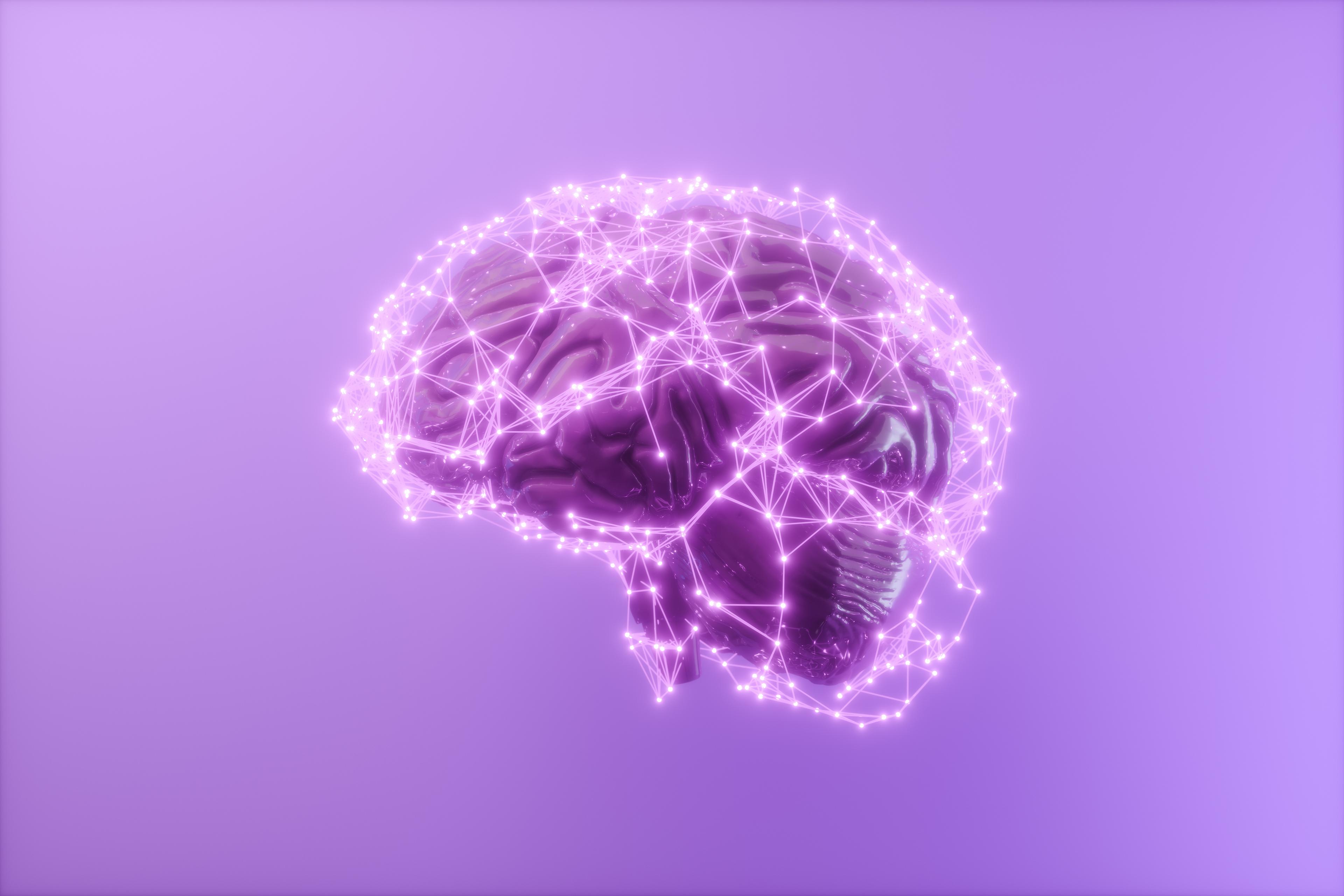
The textbook picture of anorexia is a young, thin white woman, but all of those descriptors are broad stereotypes that erase millions of people suffering from this deadly disease. The reality is that anorexia can affect people of any age, race, and body size—and a large portion of those affected by anorexia are men and boys. Read on to learn about the reality of male anorexia, including why it’s so often missed, gender differences in how it shows up, and more.
Spotting male anorexia in real life
While all cases of anorexia are characterized by restricting food, this can look different from person to person, and those differences can be particularly sharp from gender to gender. Because of different societal expectations and body ideals, boys and men with anorexia often strive to be lean and muscular, whereas girls and women with anorexia are often singularly focused on losing weight and being as thin as possible. And because most people associate anorexia with the latter presentation, those who fit the former are often missed.
Equip Family Mentor Linsey Henry can recall when the trouble started for her son, Griffin. Now 22, Griffin was 16 when he started exhibiting signs and symptoms of anorexia. He was an elite high school baseball player receiving Division 1 scholarships opportunities, but the college scouts all gave him the same feedback: to excel, he’d need to improve his sprints.
“With this and some guidance from Instagram, Griffin took it upon himself to start a ‘healthier’ meal and exercise plan,” Henry says. These new habits led to Griffin losing a significant amount of weight over the course of a year. “At the beginning, he would get compliments on his dedication to the sport and how ‘buff’ he was looking,” Henry continues.“This fed the fire of his eating disorder”
Henry says Griffin’s eating disorder grew stronger over time, prompting concern from the whole family. “We would ask him to eat with us and he’d reply over and over that he was eating with a friend or already ate with the team,” she says. “Being the wonderful, smart, kind, loving son he had always been, we believed him.”
Along with skipping family meals and isolating himself, Griffin began experiencing increased anxiety, sleep problems, and stomach pain. “We took him to three different doctors and they all gave us the thumbs up, saying ‘he just has an athlete's heart rate’ and ‘I’m sure it's just a phase,’” Henry recalls. After the Christmas break, Griffin announced he no longer wanted to play baseball and his physical and mental symptoms worsened. That’s when Linsey called a local eating disorder clinic for an urgent appointment. “Five minutes into the evaluation, they sent us to the hospital for immediate admission,” she says. “Two hours later they diagnosed him with anorexia and our world was rocked.”
Why boys and men with anorexia are often underdiagnosed
Henry’s story is heartbreaking, but it’s unfortunately not unique. While statistics indicate that the lifetime prevalence rate of anorexia among males is about 10% of that in females, the research is also seriously lacking. As one 2019 paper put it, “eating disorders are among the most gendered of psychiatric illnesses,” and “less than 1% of current peer-reviewed, published articles relate specifically to male presentation of AN.”
“One of the most common and harmful myths about eating disorders is that they only impact young, cisgender, thin white women,” says Equip therapist Jonathan Levine, LCSW. “And while research has debunked this thoroughly, the dialogue hasn't fully caught up yet. That makes it even more difficult to get cisgender boys and men the support they need when struggling with eating disorders, because providers and community members don't think to check in on boys and men about their needs.”
Levine says that because of existing biases, clinicians run the risk of missing early warning signs and even more pronounced symptoms as a disorder develops. “That is innately harmful because we know that boys and men do experience eating disorders and they are often not getting the support they need based on a stereotype,” Levine says.
The distinct ways male anorexia can show up
Aside from pervasive stereotypes surrounding who is affected by eating disorders, one of the reasons eating disorders can be challenging to identify in men and boys is because they often look different—largely due to the ways that male body ideals differ from female body ideals. “Eating disorders can present in cisgender boys and men in ways that are distinct from the stereotypical view. Rather than fixating on weight loss, they might have a hyper focus on muscularity or getting a six-pack,” Levine says. “A hyper focus on gaining muscle—colloquially named ‘bigorexia’—can appear as ‘normal’ and be missed based on social expectations.”
Additionally, Levine points out that discipline, which goes hand-in-hand with many behaviors associated with anorexia, is a trait historically viewed as definitive of “masculinity.” Because of this, when men or boys obsessively or compulsively apply that trait to their exercise or eating habits, it can be misinterpreted as “normal” or even praised.
Henry says that while many people still erroneously believe eating disorders are about aesthetics or vanity, her son’s anorexia didn’t stem from anything like that. “Griff just wanted to run faster,” she says.
What to know about diagnosing and treating anorexia in men or boys
While every case of anorexia is unique and can present differently, Henry says there are overarching commonalities and symptoms she wishes she’d been more aware of. “I would love for parents to know the eating disorder tricks and behaviors to look for,” Henry says. “Not wanting to eat with family, being much pickier and trying to negotiate for lower calorie foods, taking smaller bites, cutting out a food group or even two groups. I was always worried about our daughter, who is two years younger and a competitive dancer, getting an eating disorder, but not my son.”
Henry adds that it’s crucial for families to know that anorexia can and does affect boys and men, and how important a parent’s intuition can be. “Get more opinions if your gut tells you the doctor is uneducated around eating disorders,” she says. “I also wish parents knew how quickly eating disorders can grab children, take away their hunger cues, and shift their values from the honest person they had always been."
As far as treatment and resources go, Levine wants loved ones to know that the strategies for recovery are the same, regardless of gender. “Anorexia treatment is the same for men and boys as it is for girls and women; what's most important is that if someone needs treatment, they get it as soon as possible no matter their sex or gender,” he says.
Anorexia is just as deadly in men and boys as it is in women and girls, so greater awareness, education, and resources are essential. As more people—providers, family members, and society at large—begin to understand that male anorexia exists (and that it’s more common than most of us might think) we move one step closer to getting all men and boys struggling the help they need.
If you're concerned that you or a male loved one in your life are struggling with anorexia, it's important to get help. Talk to your medical provider or schedule a consultation with our team.
- van Eeden, Annelies E et al. “Incidence, prevalence and mortality of anorexia nervosa and bulimia nervosa.” Current opinion in psychiatry vol. 34,6 (2021): 515-524. doi:10.1097/YCO.0000000000000739
- Gorrell, Sasha, and Stuart B Murray. “Eating Disorders in Males.” Child and adolescent psychiatric clinics of North America vol. 28,4 (2019): 641-651. doi:10.1016/j.chc.2019.05.012
- Strother, Eric et al. “Eating disorders in men: underdiagnosed, undertreated, and misunderstood.” Eating disorders vol. 20,5 (2012): 346-55. doi:10.1080/10640266.2012.715512








